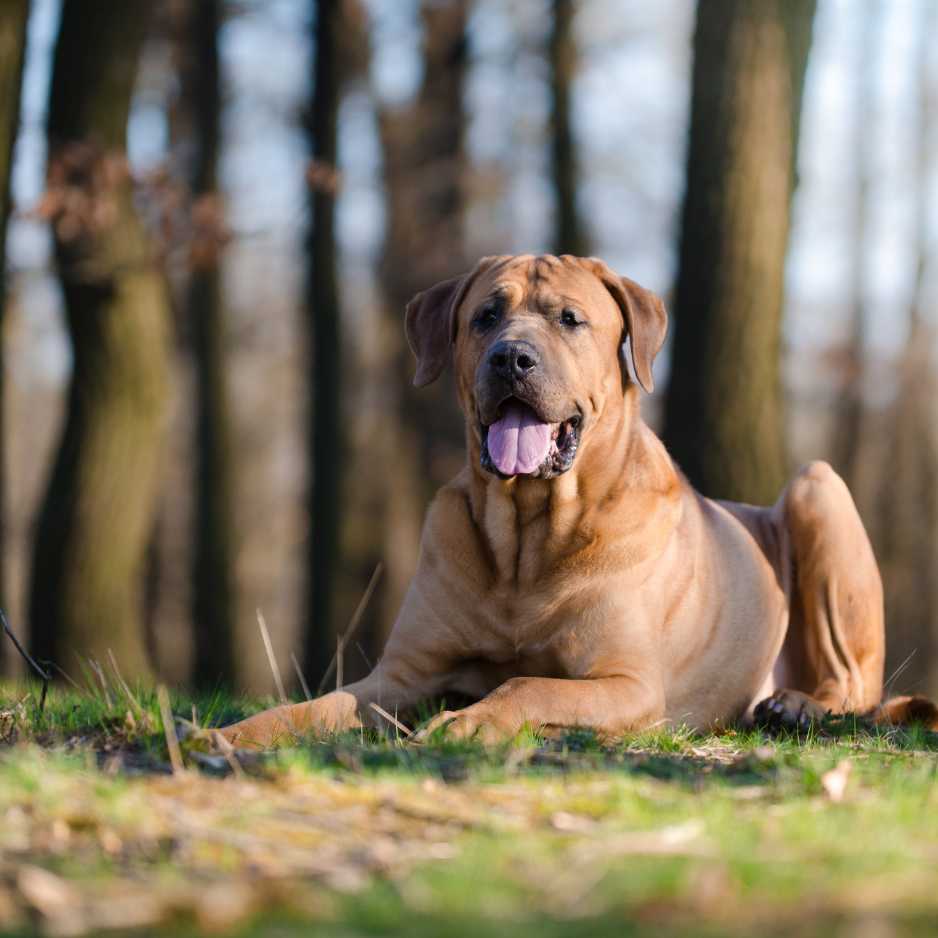Large dog breeds have always been a favorite among pet lovers for their majestic appearance, loyal nature, and protective instincts. Whether you are looking for a gentle giant to be your family companion or a vigilant protector for your home, large dog breeds offer a variety of options. In this guide, we will delve into the world of large dog breeds, discussing their characteristics, benefits, challenges, and tips for choosing and caring for these wonderful animals.
Large dog breeds Introduction
Large dog breeds often stand out due to their size, strength, and presence. They have historically been used for various purposes, from herding livestock and guarding property to serving as loyal companions and therapy dogs. While their size can be intimidating, many large breeds are known for their gentle and loving nature, making them excellent family pets. This guide aims to provide you with all the information you need to understand, choose, and care for a large dog breed.
Characteristics of Large Dog Breeds
Large dog breeds generally weigh between 50 to over 100 pounds and stand over 22 inches tall at the shoulder. They come with a diverse range of temperaments, energy levels, and physical traits. Despite their imposing size, many of these breeds are known for their affectionate and friendly demeanor. Common characteristics of large dog breeds include:
- Strength and Stamina: Large breeds are often built for endurance and power, making them suitable for various physical activities.
- Protective Instincts: Many large breeds have a natural inclination to protect their family and territory.
- Loyalty and Affection: These dogs often form strong bonds with their owners and are known for their loyalty and loving nature.
- Intelligence: Many large breeds are highly intelligent and trainable, making them suitable for various roles, including service and therapy dogs.
- Health Considerations: Large breeds can be prone to specific health issues such as hip dysplasia, bloat, and joint problems. Regular veterinary care and a healthy lifestyle are crucial for their well-being.
Top 10 Large Dog Breeds
German Shepherd
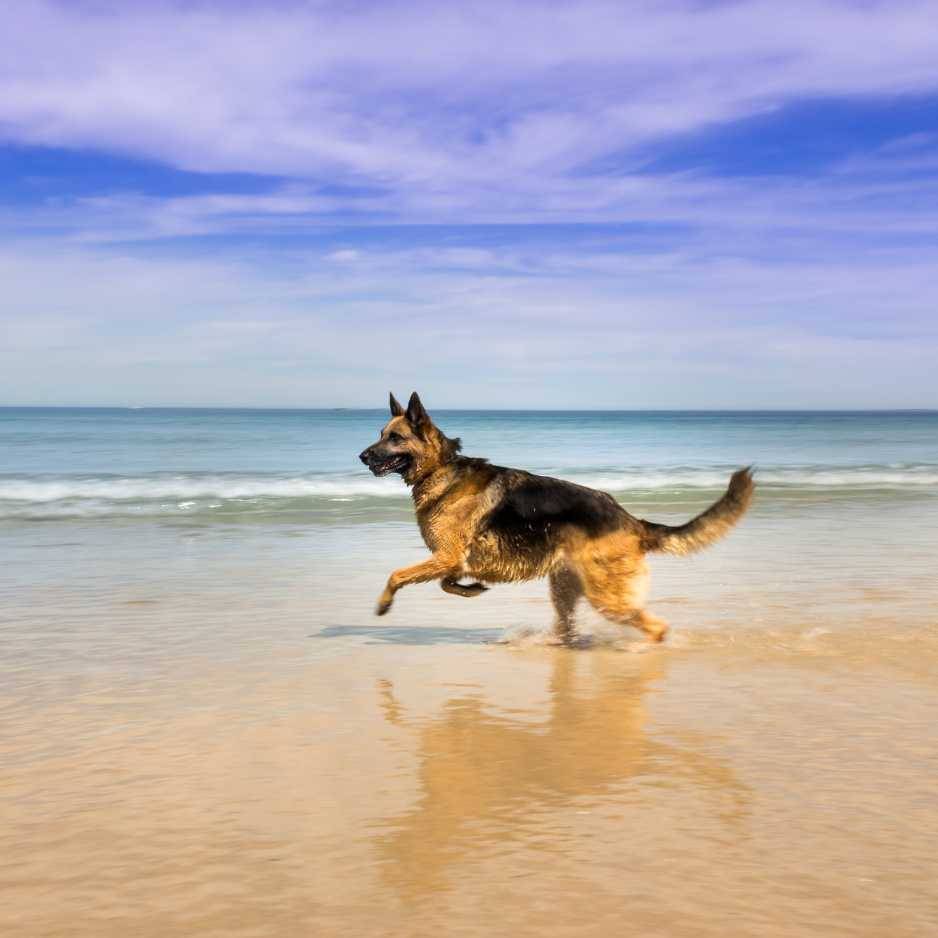
- History and Origin: German Shepherds originated in Germany and were initially bred for herding and protecting sheep.
- Key Characteristics: They are intelligent, versatile, loyal, and strong. German Shepherds are known for their courage and ability to perform various roles, including police and service dogs.
- Lifespan: 9-13 years.
- Suitability: They are excellent for families, law enforcement, and service roles due to their trainability and protective nature.
Labrador Retriever
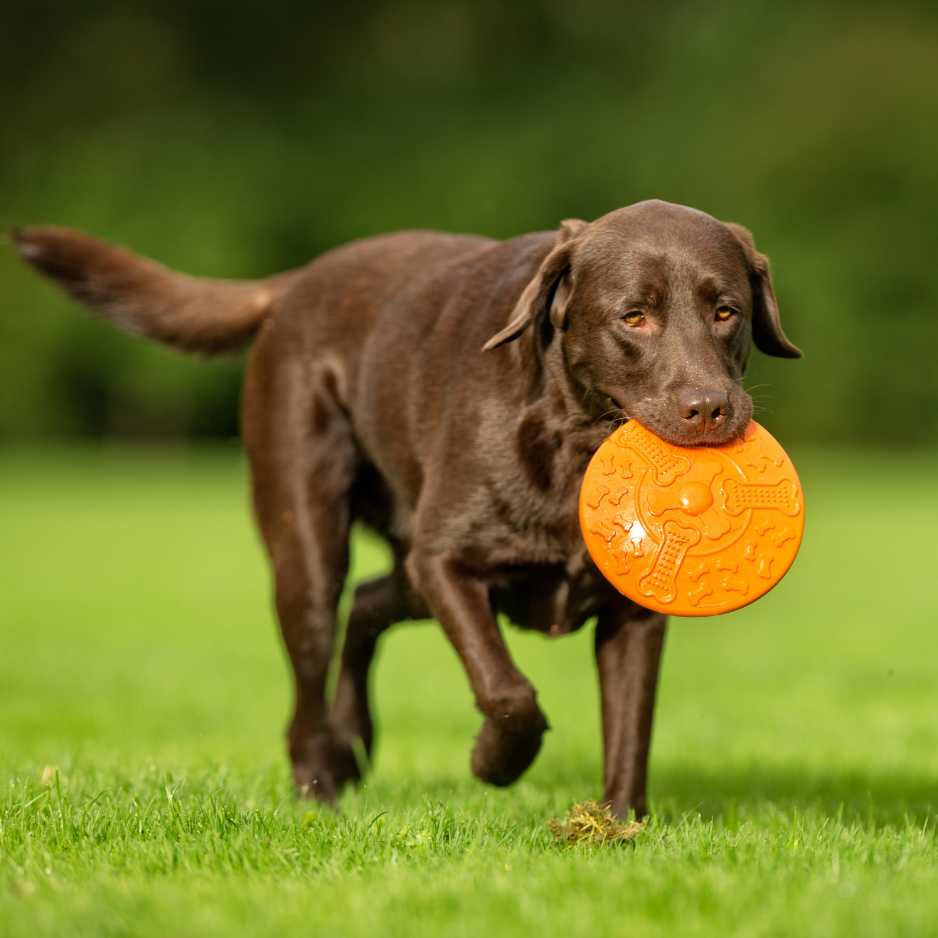
- History and Origin: Labrador Retrievers originated in Newfoundland, where they were initially used for retrieving game during hunting.
- Key Characteristics: Friendly, energetic, and eager to please, Labradors are known for their excellent temperaments.
- Lifespan: 10-12 years.
- Suitability: They make great family pets and are ideal for therapy and guide dog roles due to their friendly and adaptable nature.
Great Dane

- History and Origin: Great Danes have a long history, originating in Germany, and were historically used for hunting large game such as boars.
- Key Characteristics: They are gentle giants, affectionate, and good-natured. Despite their large size, they are known for being friendly and well-mannered.
- Lifespan: 7-10 years.
- Suitability: They are suitable for families with ample space and are known for their friendly demeanor and calm nature.
Golden Retriever
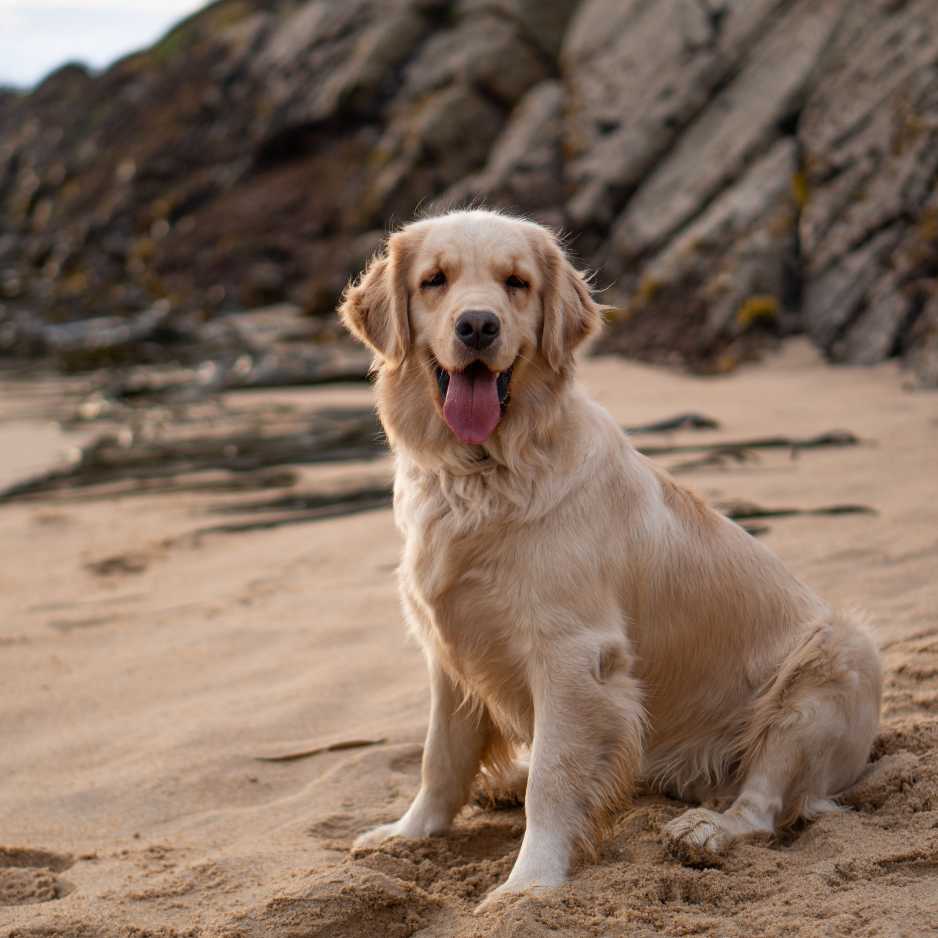
- History and Origin: Golden Retrievers were developed in Scotland primarily as hunting dogs, known for their ability to retrieve game without damaging it.
- Key Characteristics: Friendly, tolerant, and intelligent, Golden Retrievers are one of the most popular dog breeds.
- Lifespan: 10-12 years.
- Suitability: Excellent family dogs, Golden Retrievers are also great for search and rescue roles due to their intelligence and trainability.
Bernese Mountain Dog

- History and Origin: Bernese Mountain Dogs originated in Switzerland and were used as draft dogs for pulling carts.
- Key Characteristics: They are affectionate, gentle, and good-natured. Bernese Mountain Dogs are known for their calm and friendly demeanor.
- Lifespan: 6-8 years.
- Suitability: Ideal for families, particularly in cooler climates, they thrive in environments where they can be part of family activities.
Rottweiler
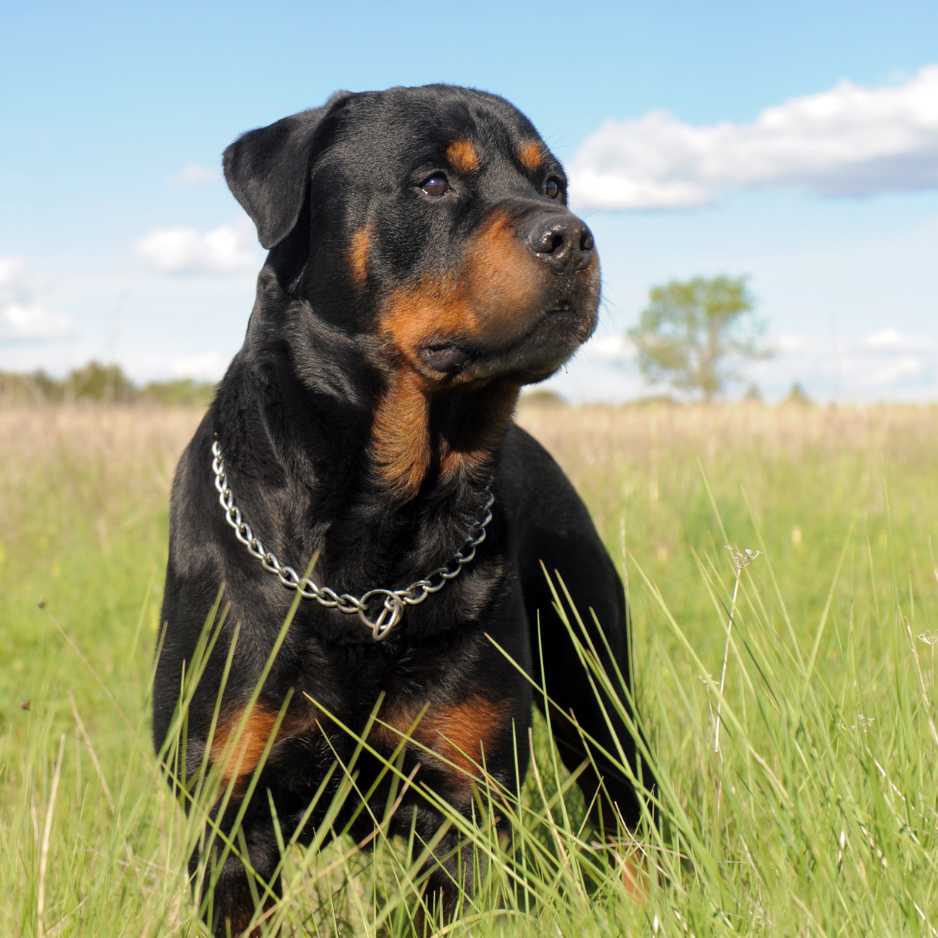
- History and Origin: Rottweilers originated in Germany and were originally used for herding livestock and pulling carts.
- Key Characteristics: They are confident, fearless, and loyal. Rottweilers are known for their protective instincts and strength.
- Lifespan: 8-10 years.
- Suitability: They are suitable for experienced dog owners and make great guard dogs due to their protective nature and strength.
Saint Bernard
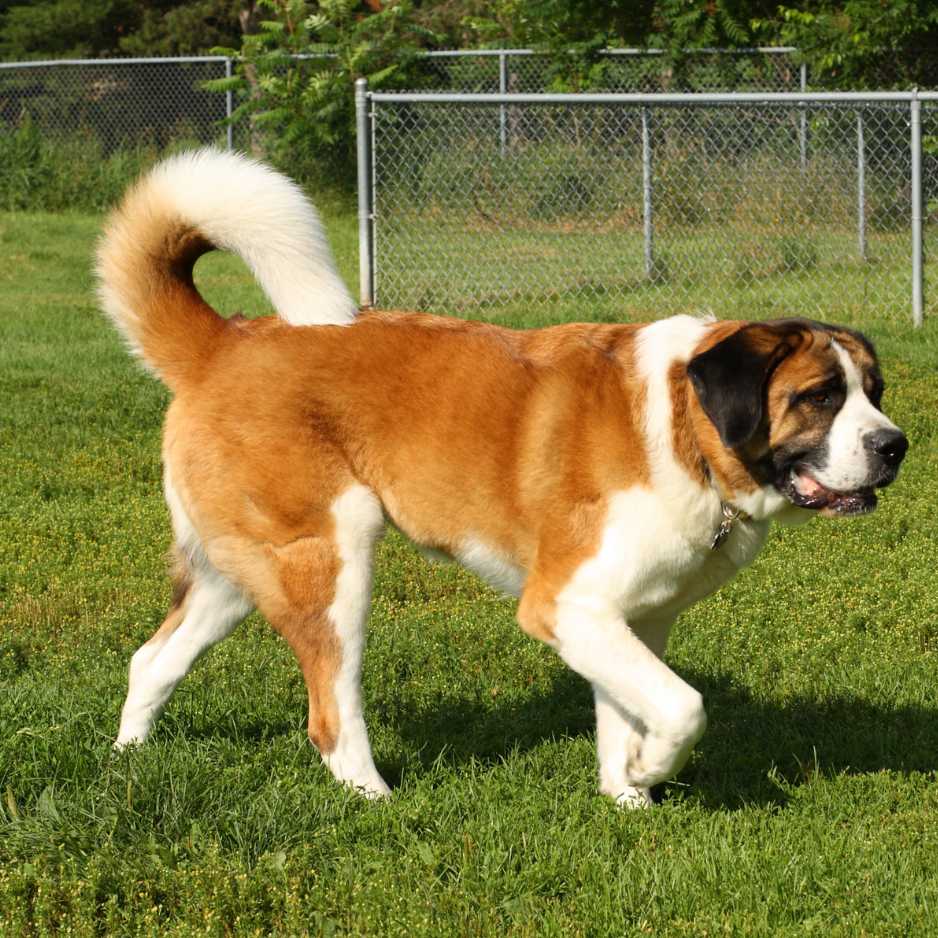
- History and Origin: Saint Bernards are a Swiss breed, famous for their role in alpine rescue missions.
- Key Characteristics: Gentle, patient, and good with children, Saint Bernards are known for their friendly and tolerant nature.
- Lifespan: 8-10 years.
- Suitability: Best for families with large living spaces, they are excellent with kids and known for their calm demeanor.
Mastiff
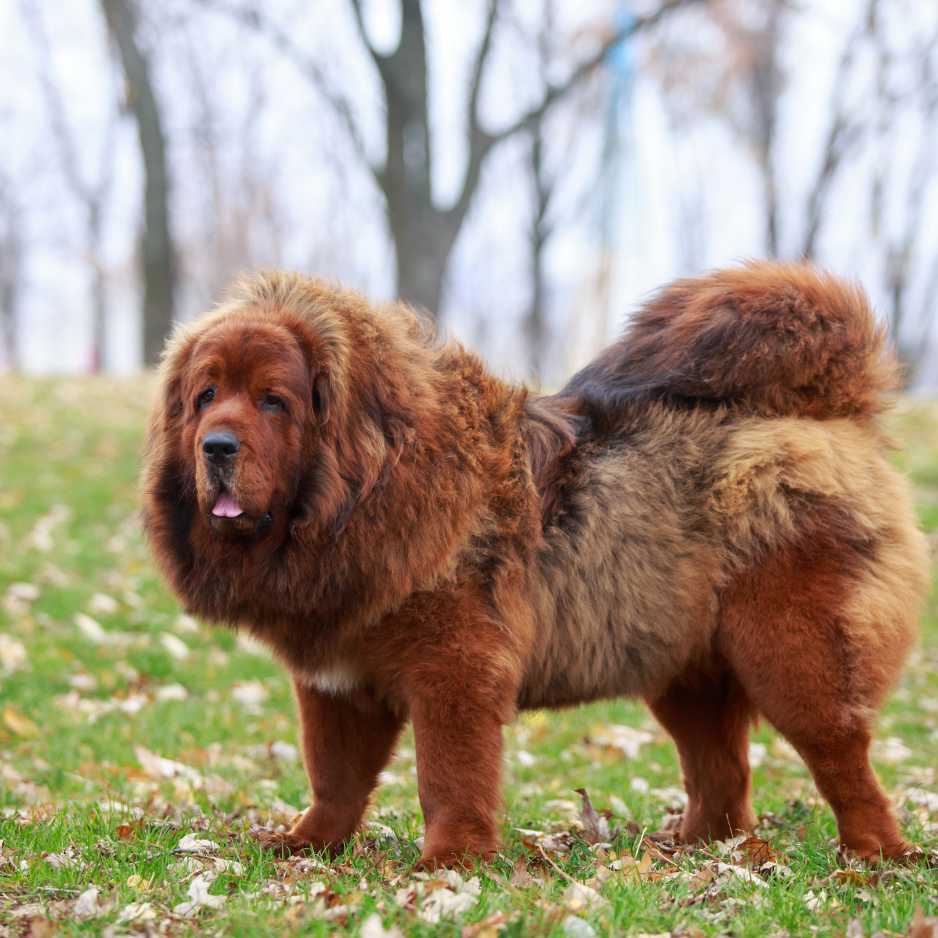
- History and Origin: Mastiffs are an ancient breed, historically used as guard dogs due to their size and protective nature.
- Key Characteristics: Protective, good-natured, and dignified, Mastiffs are known for their loyalty and strength.
- Lifespan: 6-12 years.
- Suitability: Ideal for families seeking a protective companion, they require a spacious environment and firm training.
Newfoundland
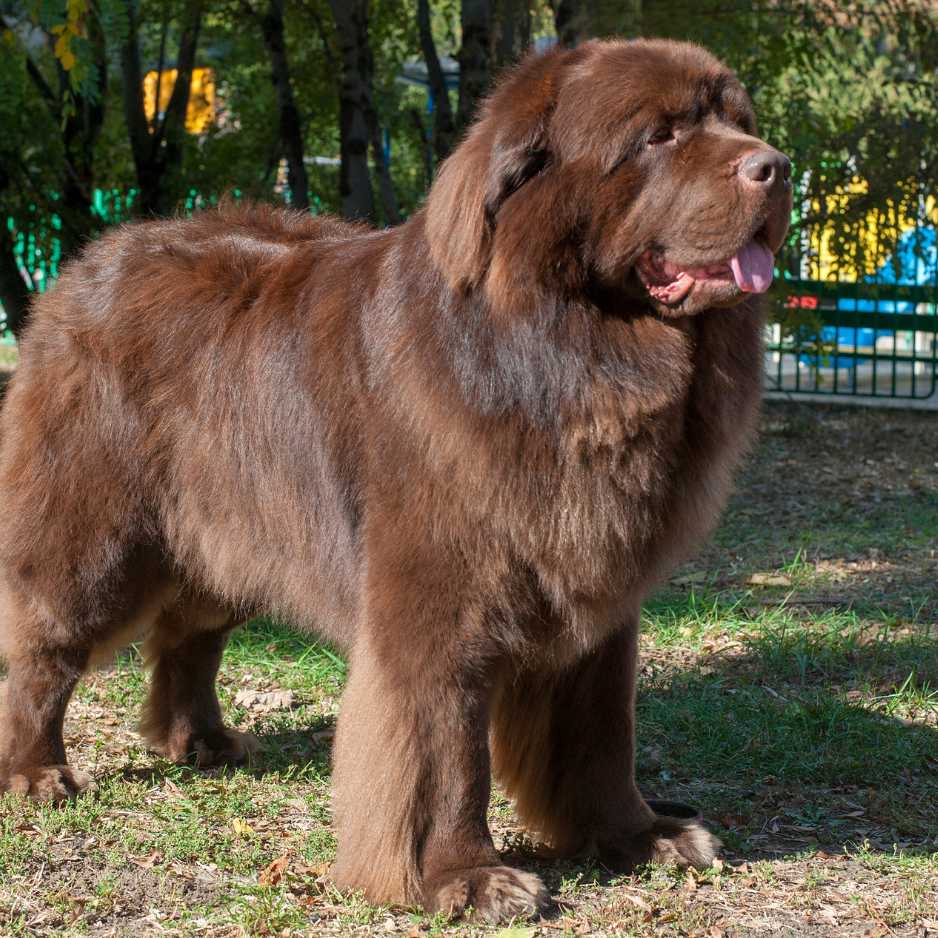
- History and Origin: Newfoundlands originated in Canada and are known for their prowess in water rescues.
- Key Characteristics: Gentle, strong swimmers, and patient, Newfoundlands are known for their friendly and calm nature.
- Lifespan: 8-10 years.
- Suitability: Perfect for families, they are excellent with children and thrive in environments where they can be part of family activities.
Doberman Pinscher
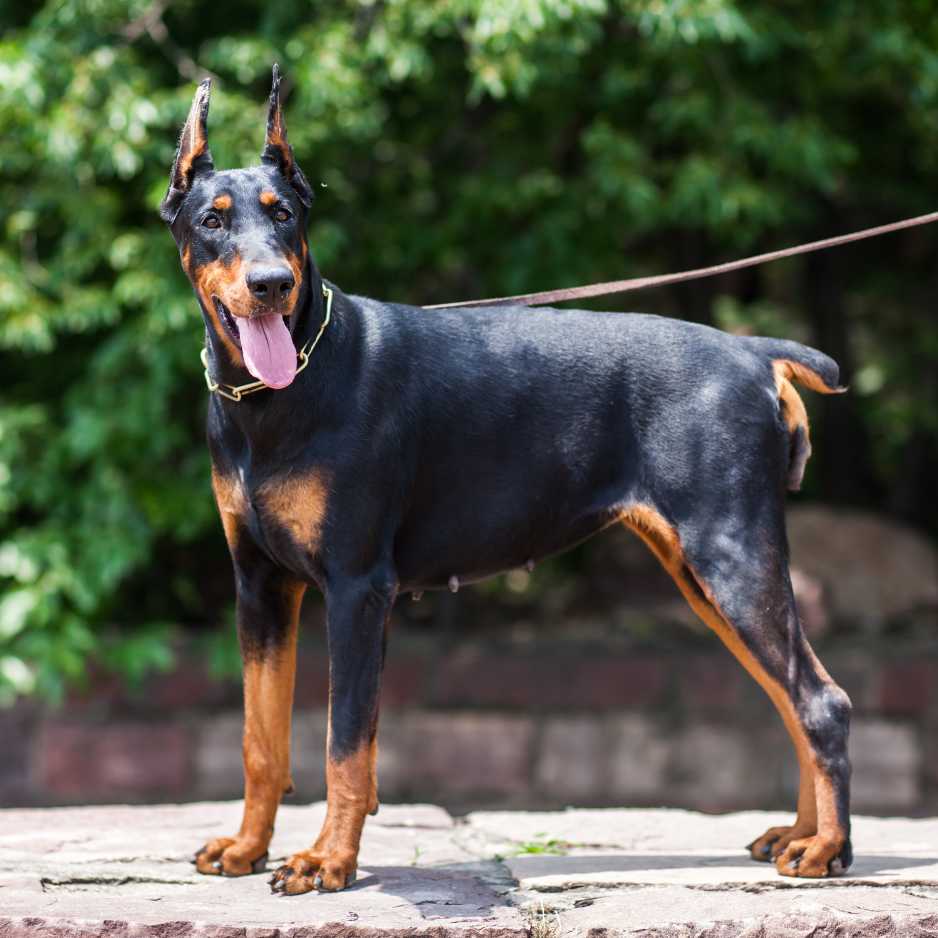
- History and Origin: Doberman Pinschers originated in Germany and were developed for protection and security roles.
- Key Characteristics: Energetic, alert, and loyal, Dobermans are known for their intelligence and trainability.
- Lifespan: 10-12 years.
- Suitability: Great for active families, they are excellent guard dogs and require regular exercise and mental stimulation.
Benefits of Owning a Large Dog Breed
Owning a large dog breed comes with numerous benefits:
- Companionship and Loyalty: Large dog breeds often form strong bonds with their owners and are incredibly loyal and loving.
- Protective Instincts and Security: Many large breeds have a natural inclination to protect their family and home, providing a sense of security.
- Good with Children and Families: Despite their size, many large breeds are gentle and patient with children, making them excellent family pets.
- Versatile Roles: Large dog breeds can be trained for various roles, including working dogs, therapy dogs, and search and rescue dogs, thanks to their intelligence and trainability.
Challenges of Owning a Large Dog Breed
While large dog breeds bring many benefits, they also come with certain challenges:
- Space Requirements: Large breeds require more space to move around comfortably, making them better suited for homes with ample space and a yard.
- Exercise Needs: Large breeds often have high energy levels and require regular exercise to stay healthy and happy. This can include daily walks, playtime, and mental stimulation.
- Feeding and Maintenance Costs: Due to their size, large breeds consume more food and may require special diets. Additionally, grooming and healthcare costs can be higher compared to smaller breeds.
- Potential Health Issues: Large dog breeds are prone to specific health issues such as hip dysplasia, bloat, and joint problems. Regular veterinary care and preventive measures are crucial for maintaining their health.
Choosing the Right Large Dog Breed for Your Lifestyle
Choosing the right large dog breed involves considering several factors:
- Assessing Your Living Space: Ensure you have enough space for a large dog to move around comfortably. A yard or nearby parks can be beneficial for their exercise needs.
- Considering Your Activity Level: Match the dog’s energy level with your own lifestyle. Some large breeds require more exercise and mental stimulation than others.
- Evaluating Your Experience with Dogs: Consider your experience with dogs, as some large breeds may require more training and handling expertise.
- Understanding the Breed’s Needs and Personality: Research the specific characteristics, needs, and temperament of the breed you are interested in to ensure a good match.
Caring for a Large Dog Breed
Proper care is essential for maintaining the health and happiness of a large dog breed:
- Nutrition and Diet Tips: Provide a balanced diet that meets their nutritional needs. Consult with a veterinarian to determine the best diet plan for your dog’s age, size, and health condition.
- Exercise and Activity Requirements: Ensure your dog gets regular exercise to maintain their physical and mental health. This can include daily walks, playtime, and interactive toys.
- Grooming and Maintenance: Regular grooming is important to keep your dog’s coat healthy and clean. This includes brushing, bathing, and trimming nails.
- Regular Health Check-ups and Preventive Care: Schedule routine veterinary visits to monitor your dog’s health and catch any potential issues early. Preventive care, such as vaccinations and parasite control, is also essential.
Conclusion
Large dog breeds offer a unique combination of strength, loyalty, and affection, making them wonderful companions and protectors. Whether you are looking for a family pet, a guard dog, or a working dog, there is a large breed that can meet your needs. By understanding their characteristics, benefits, and challenges, and by providing proper care, you can ensure a happy and fulfilling life for your large dog breed. Consider adopting or purchasing a large dog breed to experience the joy and companionship they bring to your life.
Frequently Asked Questions For Large Dog Breeds
What is the best large dog breed for families?
Golden Retrievers and Labrador Retrievers are often considered the best large dog breeds for families due to their friendly and tolerant nature.
How much exercise do large dog breeds need?
Large dog breeds typically need at least 30-60 minutes of exercise daily. This can vary depending on the breed’s energy level and age.
Are large dog breeds good with children?
Many large dog breeds are known for their gentle and patient nature, making them great companions for children. Breeds like Saint Bernards and Bernese Mountain Dogs are particularly good with kids.
How do I choose the right food for a large dog?
Consult with a veterinarian to determine the best diet plan for your large dog breed. They can recommend high-quality dog food that meets your dog’s specific nutritional needs.
What are the common health issues in large dog breeds?
Common health issues in large dog breeds include hip dysplasia, bloat, and joint problems. Regular veterinary care and a healthy lifestyle can help prevent and manage these conditions.



